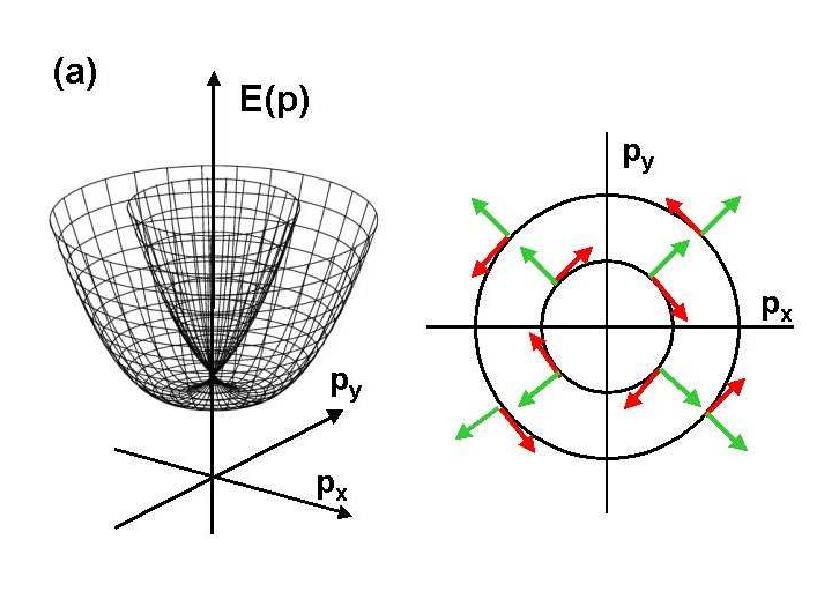Human Dynamics
Until now, the study of human dynamics has been done only qualitatively. Actually, the present possibility to have quantitative data on the kind and nature of social relationships through social networks is driving a rapid change in the field. Thanks to the emergence of detailed datasets that capture human behavior, we can now follow specific human actions in ultimate detail. One of the first measurable quantity with which one can describe the relationship between humans is the timing and order with which we perform specific tasks.… Read the rest

